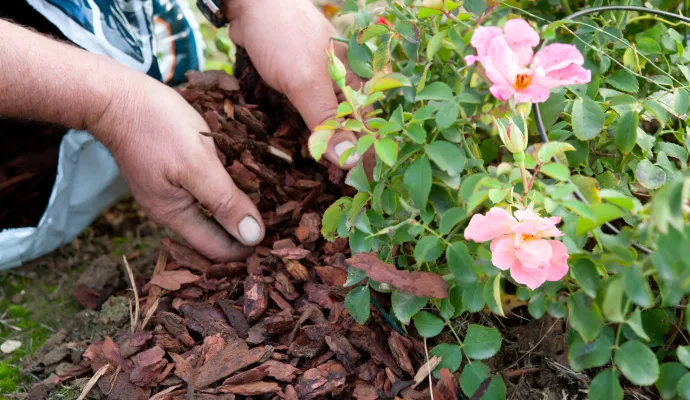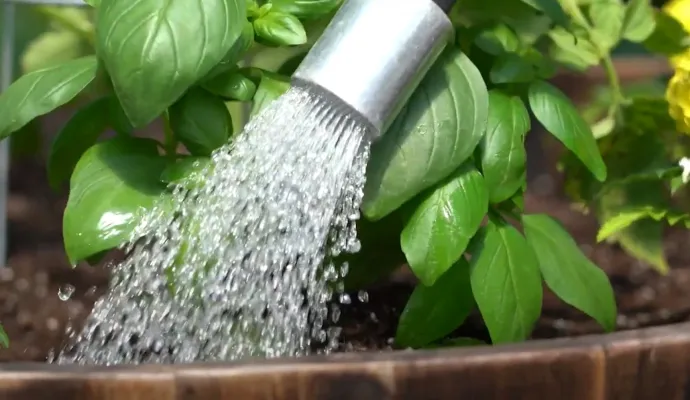
Summer Rose Care
Watering & Fertilizing
Watering
- Roses prefer regular watering.
- Pay attention to your rainfall. If you don't get a good soaking rain in a
1-week stretch, get out the hose
- Always water at the soil level - never spray overhead. Prolonged
moisture on blooms/foliage can cause fungus
- Add a 3-inch layer of mulch around the base of your roses. Helps control weeds & conserve soil moisture so you can water less frequently.
Fertilizing
- Roses are heavy feeders & need extra nutrients to keep
producing flowers all season
- Feed them monthly from Late March
to September
- We recommend organic Dr. Earth Rose & Flower Food
Make Room for New Bloom!
Pruning
- A light pruning right now can reshape the plant, encourage new
growth and more blooms
- Remove any dead/dying branches
- Prune spent blooms down to a
point on the stem where the leaves are made up of 5 leaflets.
- Remove branches that cross the center of the plant. Goal = open
vase-shape for air circulation to prevent disease
- Disinfect pruners between plants to prevent spreading disease
(alcohol solution)
- Expect to see your plants back in full flower about 4 weeks after pruning
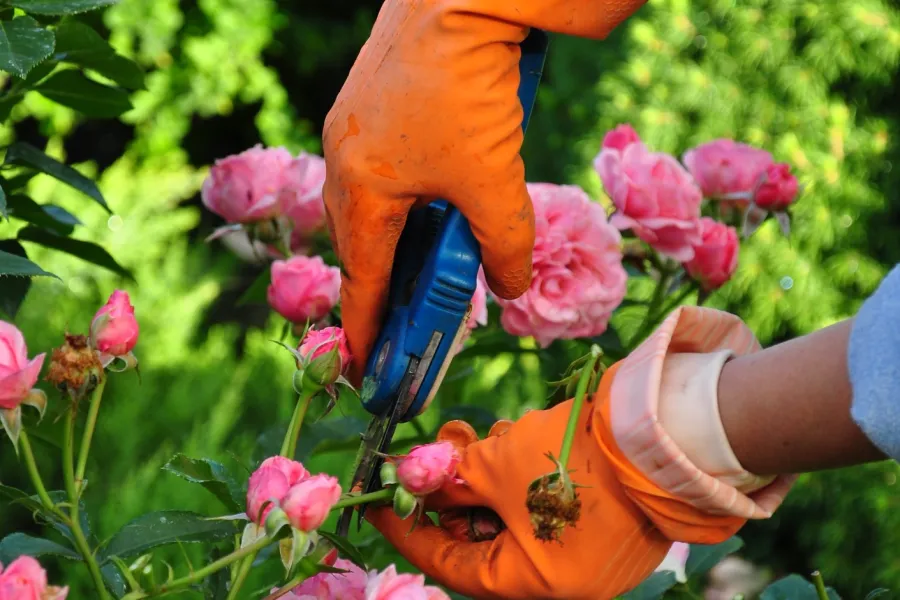
January & February are the best time to prune roses
How to Prune Roses
Prune your roses with confidence! Here is our step-by-step guide to pruning your roses to ensure gorgeous blooms in the spring and summer.
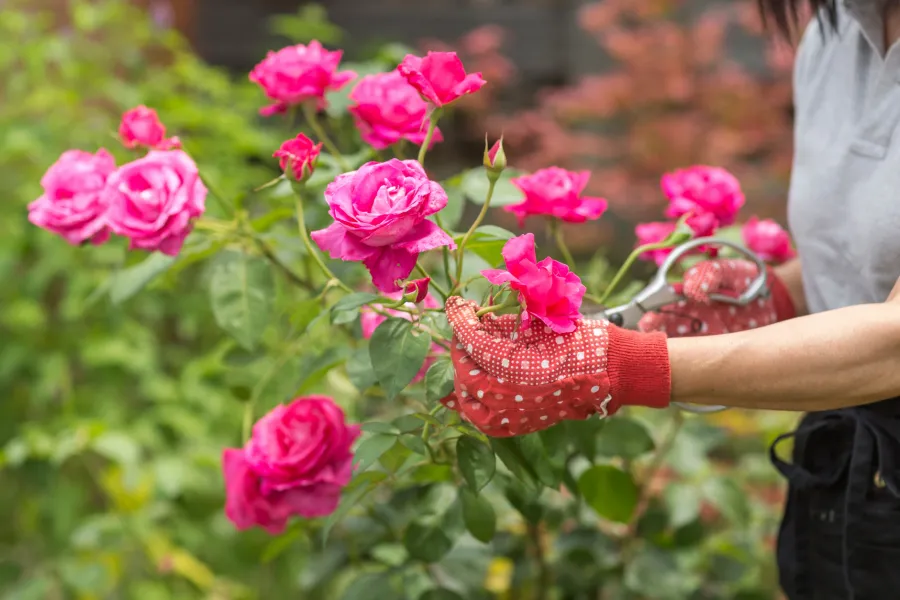
Disease & Pest Control
- Too much rain or high humidity can cause fungus
- Put roses on a regular treatment schedule to prevent disease like
powdery mildew and black spot
- Roses are also prone to certain pests such as aphids. A treatment
schedule can help prevent an infestation or minimize their destruction to your
plant.
- Use a combo product like Bonide Rose Rx for disease control &
insect control
- When treating roses for pests, always spray in the cooler portion of the day to prevent foliage burn
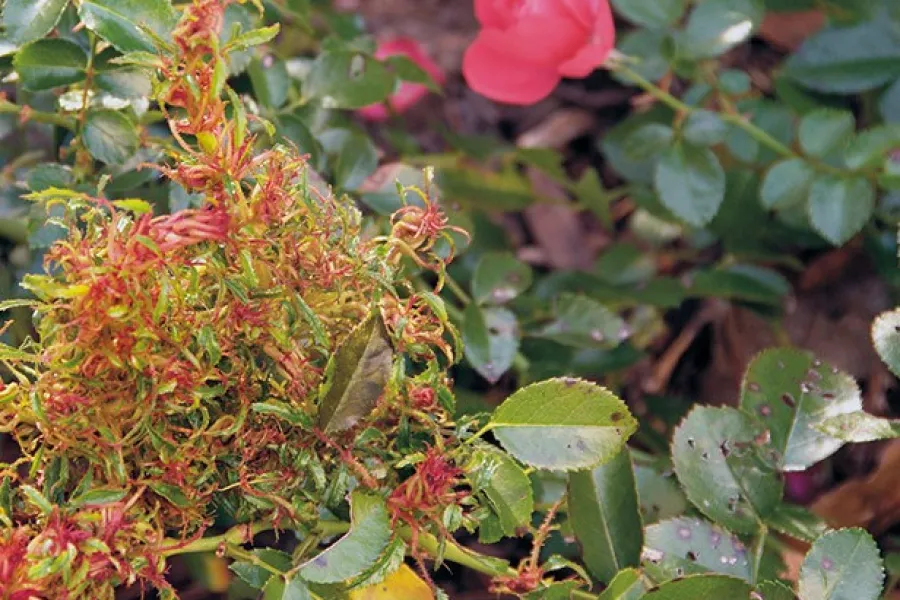
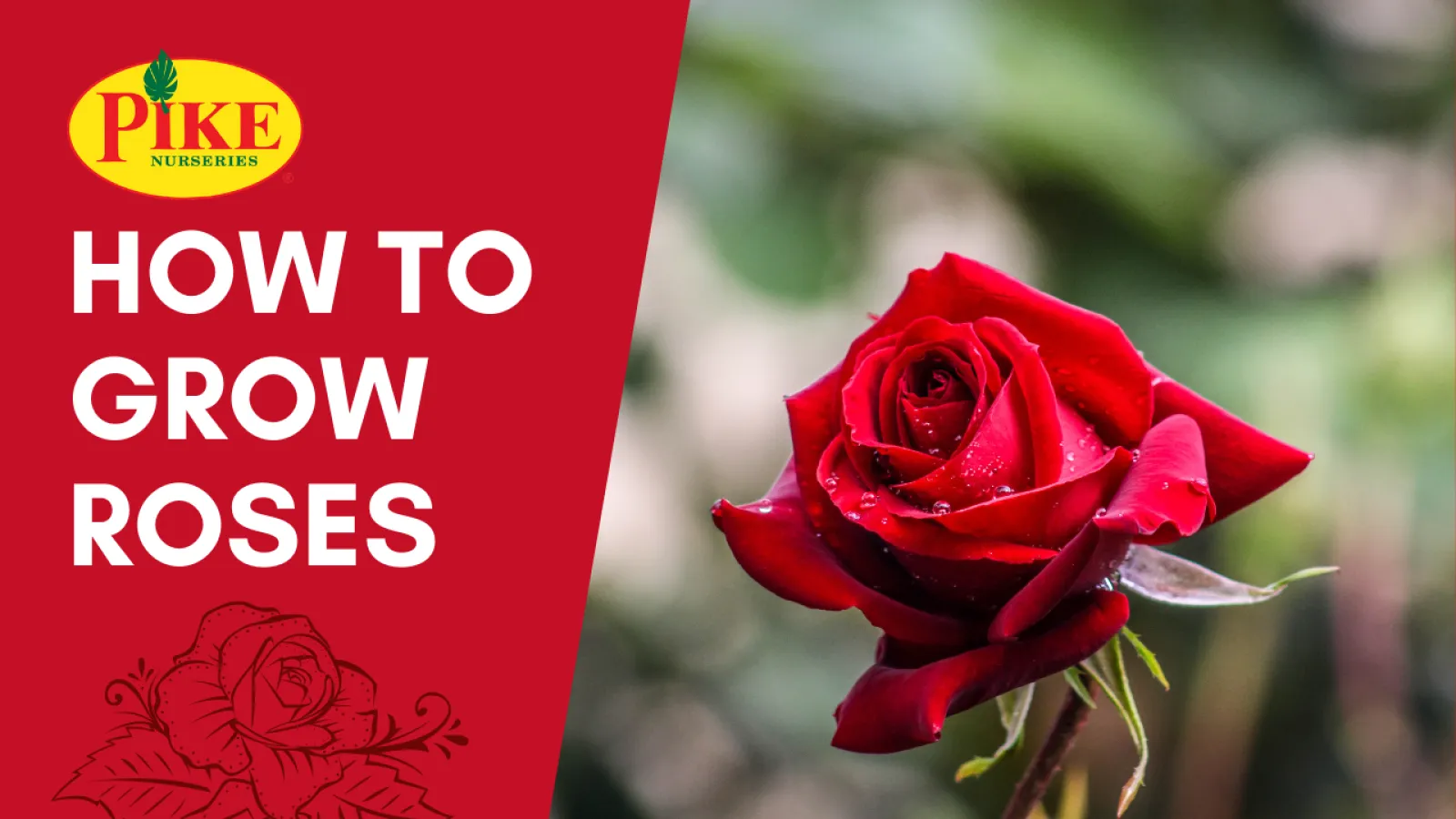
Video: How to Grow Roses
Roses
The Best Selection in the South
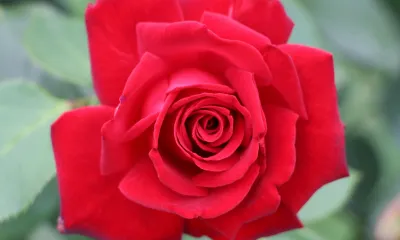
Hybrid Tea Roses
Most
well-known. Boasts the largest, perfectly formed blooms with high centers and
great fragrance on long single stems. Generally, blooms from late spring to early
fall. Upright, vigorous growers.
Popular Variety: Mr. Lincoln
Popular Variety: Mr. Lincoln
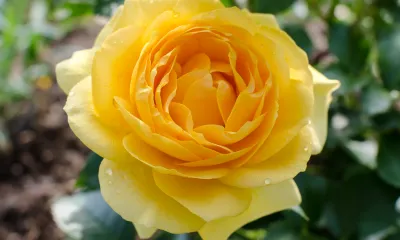
Floribunda Roses
Produces
clusters of blooms on a stem. Slightly smaller flowers are cup-shaped or flat
with a mild scent. Growth habit is shorter than hybrid tea. Usually blooms
early summer to fall and generally hardier and more disease resistant.
Popular Variety: Julia Child
Popular Variety: Julia Child
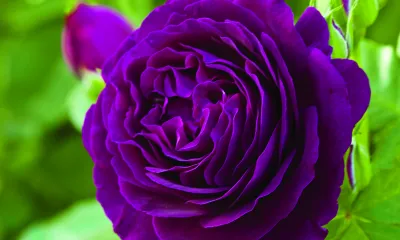
Grandiflora Roses
Cross
between Hybrid Tea and Floribunda. Similar in plant size and growth habit to hybrid
tea. Produces clusters of flowers on long stems. Blooms are slightly smaller in
size but have classic, high centers like hybrid tea. Very tall growers, hardy
and disease resistant.
Popular Variety: Twilight Zone
Popular Variety: Twilight Zone
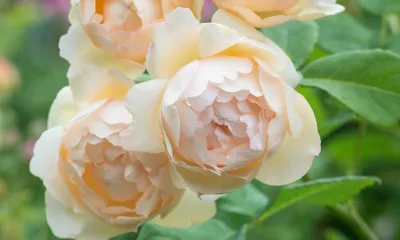
English Roses
Also
known as David Austin® roses. Blooms are large with many ruffled petals - an antique
look that resembles peonies. Most fragrant and prolific bloomers. Very popular
but need a little more maintenance than others; they are relatively less hardy
and moderately disease resistant.
Popular Variety: Wollerton Old Hall
Popular Variety: Wollerton Old Hall
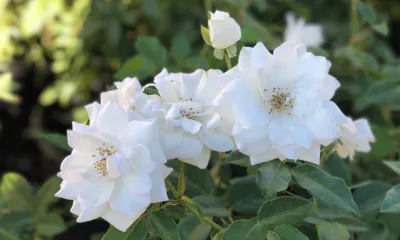
Climbing Roses
Sprawling
growth habits perfect for arbors, trellises, and fence lines or to create
privacy screens. They produce abundant blooms from the tip of the plant almost
to the ground. Repeat bloomers from spring to fall. Need less pruning than
other rose types.
Popular Variety: Iceberg
Popular Variety: Iceberg
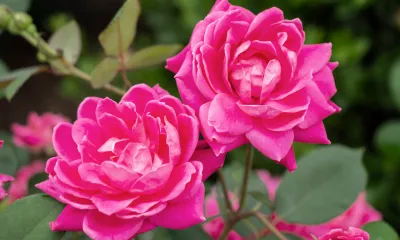
Shrub Roses
A
large, diverse category, but all are hardy, easy-care, repeat bloomers. Ideal
for hedges, mass planting and ground covering. Disease resistant and vigorous
growers.
Popular Varieties: Knock Out® & Drift®
Popular Varieties: Knock Out® & Drift®
DIY: Aromatherapy Garden
Time to stop and smell the roses — or lavender or gardenias or mint. Fragrances have the power to modify our brain and frame of mind.


